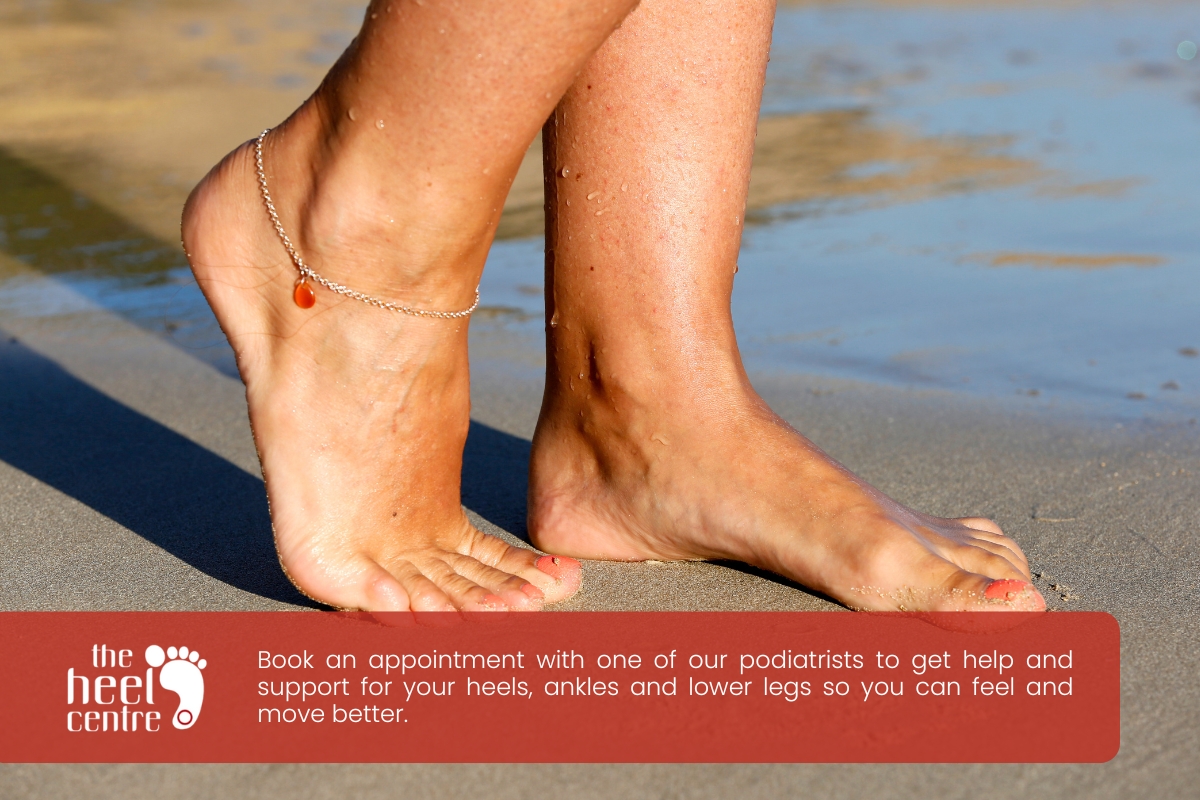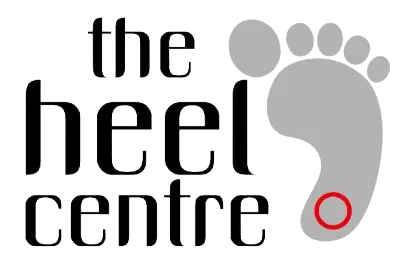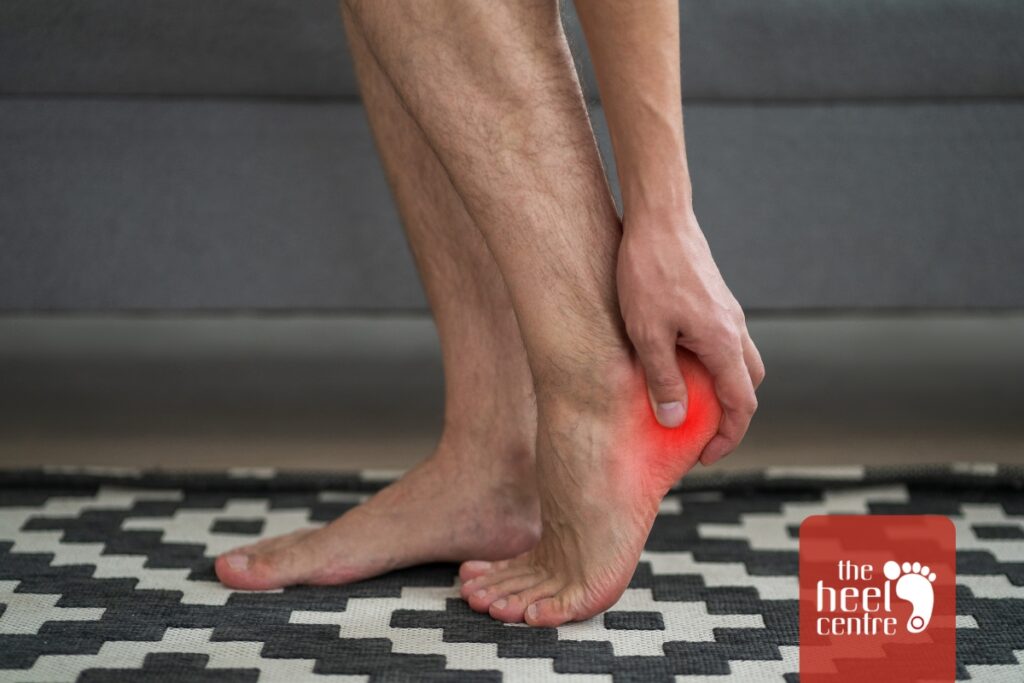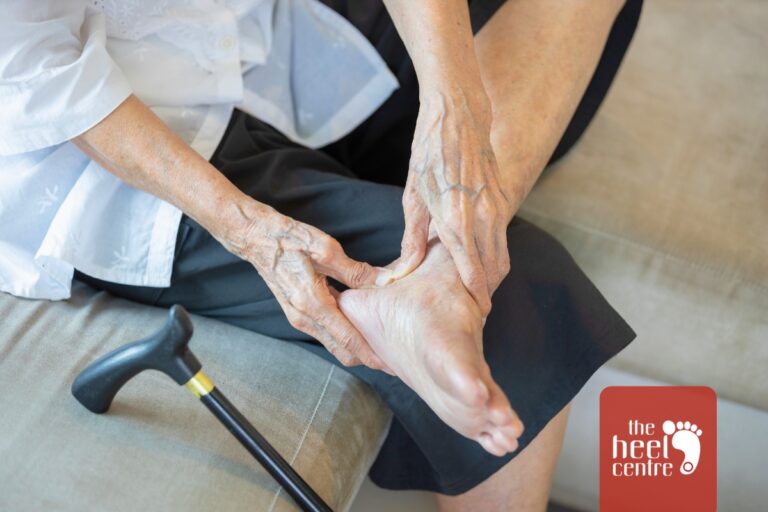Heel spurs are especially common in people over 50, primarily due to age-related changes in the feet, cumulative stress, and underlying conditions like plantar fasciitis. Treatment options focus on reducing pain, promoting healing, and addressing risk factors.
As people age, a combination of factors contributes to the development of heel spurs:
- Degeneration and Wear: The heel’s fat pad thins with age, providing less shock absorption and leading to increased stress on the heel bone.
- Repetitive Stress: Years of standing, walking, or running can cause repetitive microtrauma, resulting in calcium deposits that build up into bony spurs.
- Plantar Fasciitis: This condition, common in older adults, involves inflammation where the plantar fascia attaches to the heel. Chronic inflammation can trigger the body to deposit extra bone at this site, leading to spur formation.
- Obesity and Mechanical Changes: Excess weight and changes in walking pattern (gait) with age further increase pressure and wear, raising spur risk.
- Other Risk Factors: Inflammatory diseases like arthritis, diabetes, and poorly supportive footwear can also contribute.
Treatment Options for Heel Spurs
Heel spur management typically combines pain relief, addressing causes, and encouraging healing:
-
- Rest and Activity Modification: Reducing high-impact activities gives tissues time to heal.
- Supportive Footwear and Orthotics: Well-cushioned shoes and custom orthotic inserts can reduce pressure and absorb shock.
- Stretching and Strengthening: Gentle stretches for the calf, Achilles tendon, and plantar fascia help relieve tension and prevent recurrence.
- Ice and Medication: Applying ice packs and taking non-steroidal anti-inflammatory drugs (NSAIDs) help ease pain and inflammation.
- Advanced Treatments: Options like shockwave therapy are highly effective be for persistent symptoms.
- Prolotherapy injections
- Corticosteroid Injections: For severe cases, targeted steroid injections can provide temporary relief.
- Surgery: Rare, but may be considered if all else fails, to remove the spur or release the plantar fascia.
Key Takeaway
Older adults are at higher risk for heel spurs because of long-term wear and tear, age-related degeneration, and chronic conditions like plantar fasciitis. Early supportive care and targeted treatments can help manage pain and promote healing, reducing the impact of heel spurs on mobility and quality of life.

Final thoughts
At The Heel Centre, we understand how frustrating heel spurs can be—especially when they interfere with your mobility or keep you from enjoying everyday activities.
Our experienced podiatry team provides personalised care, from footwear advice and targeted exercises to advanced therapies like shockwave treatment, all designed to reduce pain and support long-term healing.
If heel pain is slowing you down, book an appointment with The Heel Centre today and take the first step toward walking in comfort again.
Author
-
 Founder, Lead Podiatrist
Founder, Lead PodiatristAdam Steinhardt is a leading podiatrist who is passionate about treating heel pain and foot and ankle injuries. With years of experience working with local sports teams, elite athletes, and the general public, Adam understands the demands that an active lifestyle can place on your feet.
View all posts





